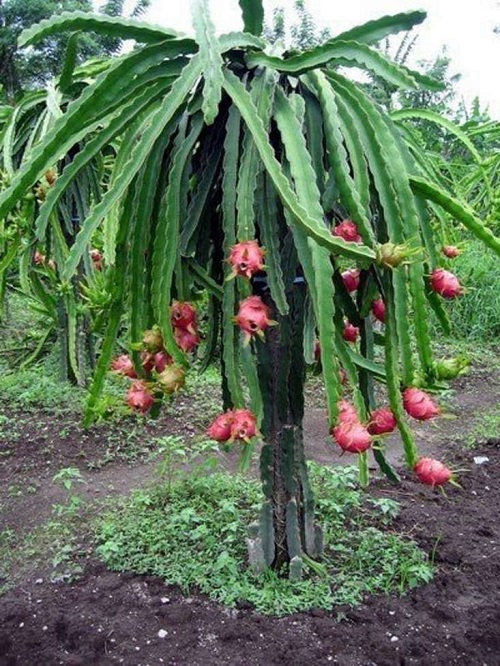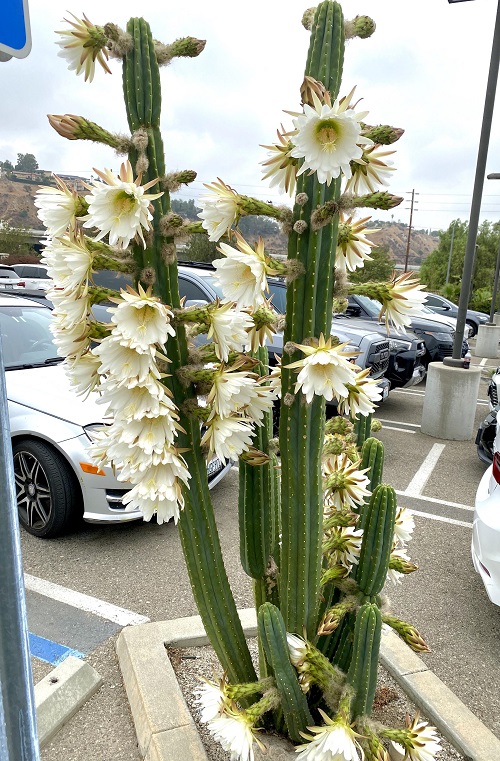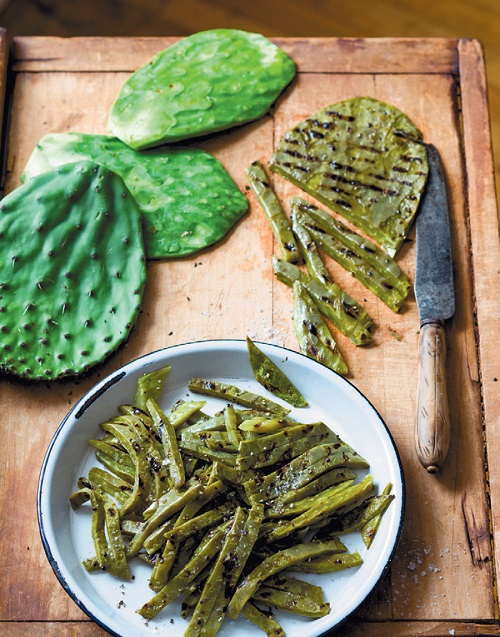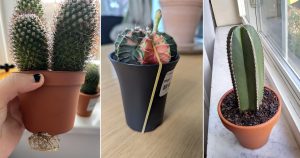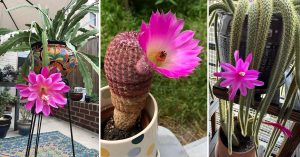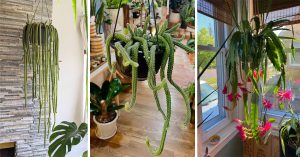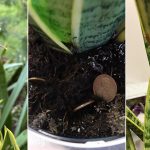Have you ever wondered what cactus tastes like? Let’s find out some surprising things about cacti and their use as food!
Surprisingly, we can say that cactus is no less than any other nutritious food in the world! Approximately 13 to 14 types of cacti are edible in various ways around the globe. Not only this, these edible cacti have many nutrients promoting several health benefits. Want to know more? Read along.
Are Cacti ‘Really’ Edible?
Well, you are not alone in wondering about this! In the current scenario, cacti or their pad, fruits, or flowers are becoming very popular in the food industry of Africa, India, and many other countries for their different flavors and uses. So let’s continue to the next part to know what these edible cacti are and how they taste.
What Does a Cactus Taste Like And Which Ones to Eat?
1. Prickly Pear Cactus
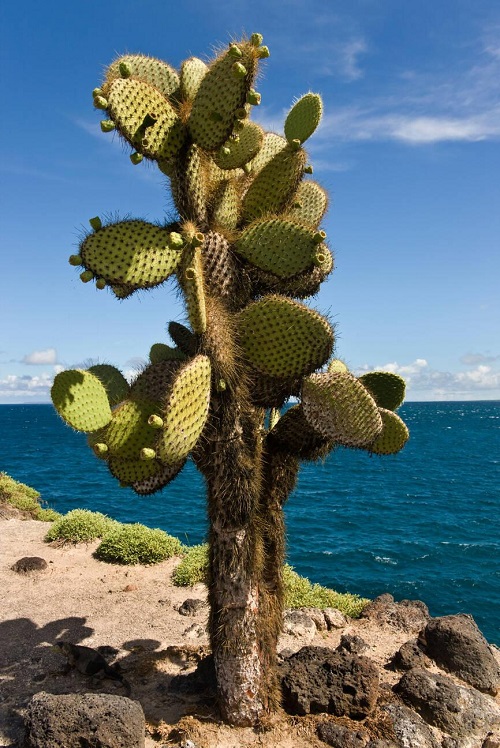
Botanical name: Opuntia species
The Prickly Pear Cactus or the Indian fig cactus is one of the most widely available kinds of edible cactus, mostly popular for its large flat paddles and bright red fruits. Both the pads and the flowers are edible and the pads are locally popular as ‘nopales’ whereas the fruits as, ‘Tuna’. These fruits are available all the time of the year!
What does Prickly Pear Cactus taste like?
The nopales are cooked while the mature or ripe fruits can be consumed raw. The pads have a mildly tangy flavor, and the fruits are sweet, somewhat like a cross between watermelon and berries. Nopales are also used in salads, tacos, and stir-fries, while the fruits are eaten fresh, made into jellies, or used in beverages after removing the minute spines (glochids).
2. Barrel Cactus
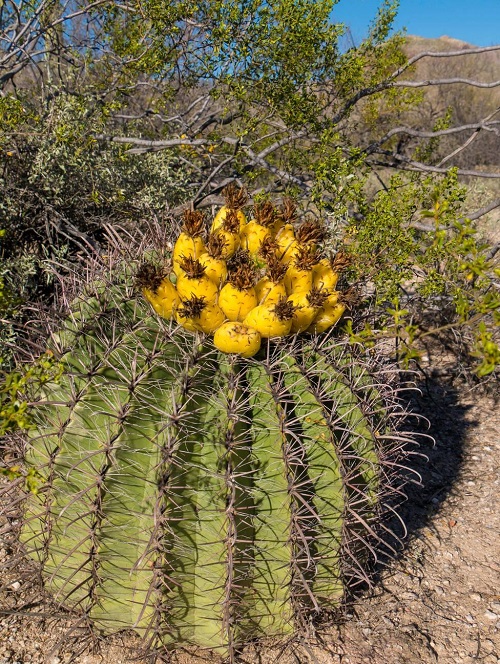
Botanical name: Ferocactus species
In our recent article, we talked about drinking water from a barrel cactus! It has another name, the Fishhook cactus. These cacti have barrel shape Structure which is why the name ‘Barrel cactus’.
They bear fruits of yellow color and look like Pineapples with edible seeds. Despite the thorny structure of these cacti, the fruits are devoid of glochids and so it is simple and easy to remove them from the cactus by twisting the fruit to detach it from the plant.
Altogether, the fruits have a tart, lemony flavor and can be eaten raw, used in jams, or added to salads for a tangy kick. However, the seeds are not so flavourful, rather mild and nutty when roasted.
3. Saguaro Cactus
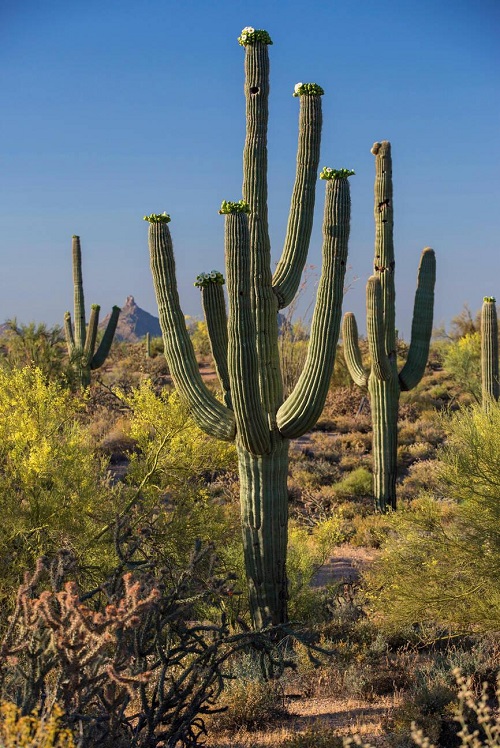
Botanical name: Carnegiea gigantea
Saguaro cacti are the tall cylindrical structures we see in the desert! They look like towers! So, since ancient times, these cacti have been a source of food for many indigenous tribes of the Sonoran Desert of North America which also covers some parts of Mexico.
The edible fruits of Saguaro cacti appear somewhat similar to the fruits of Prickly Pear Cactus. Additionally, it is sweet to taste with a flavor resembling a mix of strawberries and figs and they are often eaten fresh, dried, or made into syrups and jams.
Fact: Carnegiea gigantea can live up to 200 years, reaching almost 50 feet tall with a circumference of 10 feet.
4. Cholla Cactus
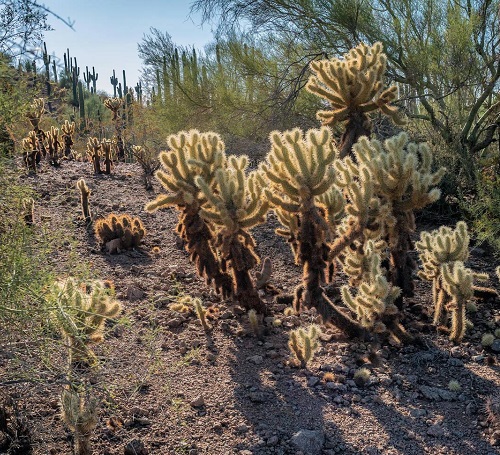
Botanical name: Cylindropuntia species
The Cholla cactus (pronounced as choy-ah) is native to Southwest America and the edible parts of this cactus are the fruit and flower buds. Eventually, these buds are harvested from March to early May. Some of the easy-to-eat cholla cacti are Buckhorn, Staghorn, or Pencil Cholla because most cholla cacti are very prickly or thorny, and harvesting the buds or fruits from this cactus is a tough task.
While the flower buds with a slightly tart and nutty flavor. Although, the buds are often roasted or boiled and added to salads, stews, or scrambled eggs as well.
5. Dragon Fruit Cactus
Botanical name: Hylocereus species
Dessert from the Desert! We all know what a Dragon fruit or Pitaya is and most of us like to eat it in various ways! So, it is originally from Central and South America although now there is no place on earth where it might not be available.
The cactus grows like a climber with thick cylindrical stems as the plant develops, it forms intricate root systems and begins to climb and intertwine with its support structure. It bears beautiful white and yellow flowers with fragrance as well.
The edible part is the fruit ‘The Dragon fruit’ with a mildly sweet flavor, similar to a mix of pear and kiwi. Altogether, Dragon fruits are commonly consumed fresh, added to smoothies, or used in desserts.
6. Peruvian Apple Cactus
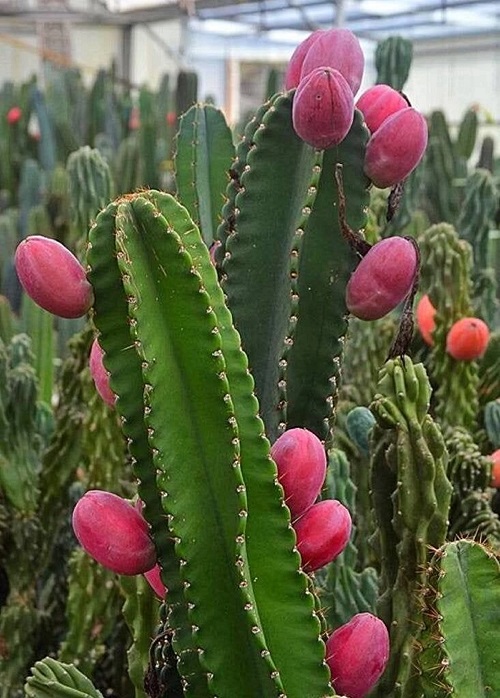
Botanical name: Cereus repandus
A distant relative of the Dragon fruit family originating from South America, the Peruvian Apple cactus is also one that bears thorn-less fruits with purple or red to yellow when ripe with a fleshy white pulp dotted with seeds. The appearance of this plant is somewhat similar to that of the Dragon fruit cactus however it is not a creeper like that one. It has many other names as well, such as Giant Club Cactus, Hedge Cactus, Cadushi, and Kayush.
The edible parts are its fruits which are sweet and crunchy to taste, with a flavor similar to sugarcane or melon. Lastly, it’s also often eaten fresh or used in fruit salads and desserts.
7. San Pedro Cactus
Botanical name: Echinopsis pachanoi
The San Pedro cactus originates from the Andes Mountain Ranges and mostly grows in high altitudes between 1000 and 3000 meters high and also at extremely low temperatures. Additionally, it is a fast-growing cactus and often creates confusion between the Peruvian torch cactus due to its similar appearance.
This cacti blooms at night and bears red fruits. The fruits are sweet to taste and the green stems are also edible after careful preparation as medicine. The stems have a bitter and slightly sour taste and are usually not eaten for flavor but for medicinal purposes. Lastly, it has traditional uses in indigenous rituals and medicine in Peru.
How to Eat Cactus—Identifying Potential Risks
One of the biggest risks of eating cacti or its fruits is dealing with the sharp spikes and thorns. Undoubtedly, it is the major thing to keep in mind whenever we try to consume any kind of edible cacti. First and foremost, wearing a pair of hard hand gloves and goggles while plucking the fruits or cutting the stems from the plant is essential. Again, after safely plucking or cutting the fruits and stems we need to remove the thorns extremely carefully before reaching the eating part!
According to many studies, several skin conditions can occur due to cacti thorns which may lead to serious skin problems in one’s body. Moreover, Glochids are very dangerous, they can transfer to one’s clothes and injure any part of the body because they are almost invisible to the naked eye.
Final Bite—Give Cactus a Try!
If you’re looking to expand your culinary art, cactus is worth a shot. You might like its unique taste and texture. Plus you can take the health benefits from it. So next time you’re at the market, why not pick up some nopales and start a recipe? Surprisingly, you might discover your new favorite food!


